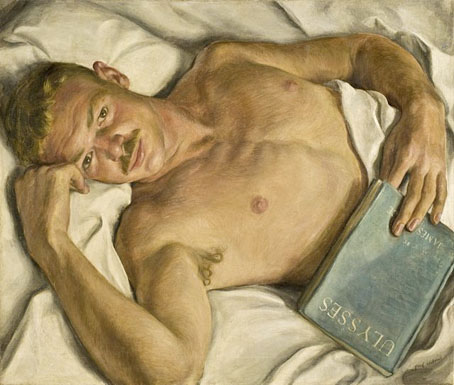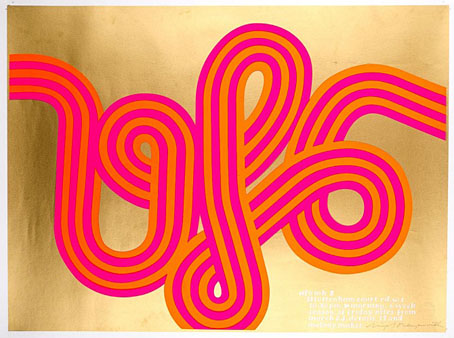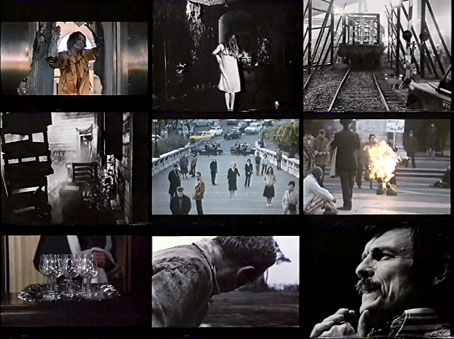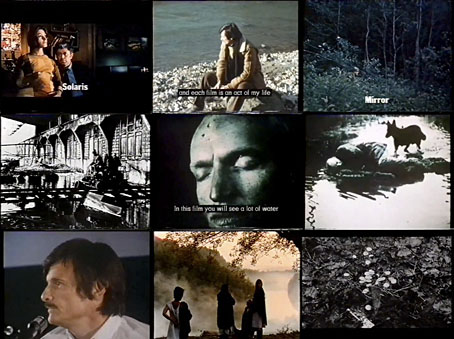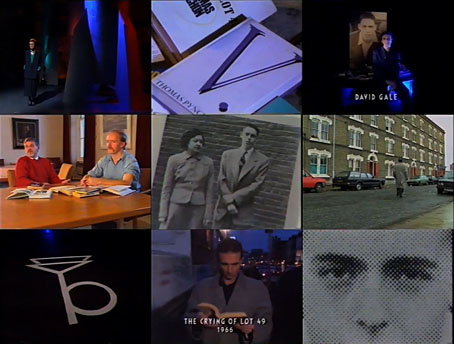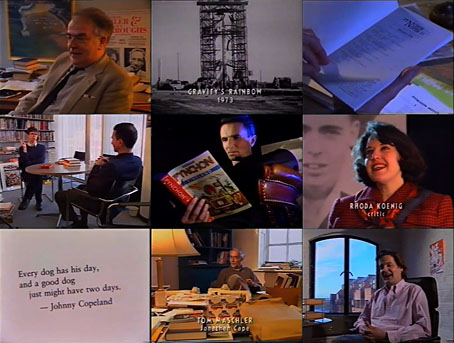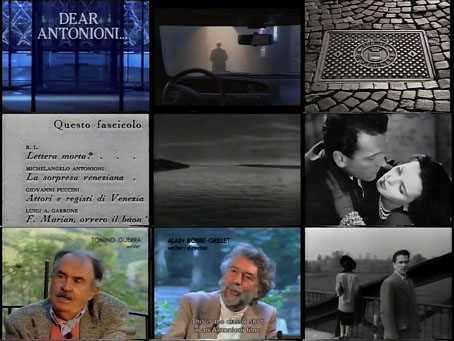
Sit through the credits for Monty Python’s The Meaning of Life and you’ll be rewarded at the very end with a written suggestion: “If you have enjoyed this film, why not go and see La Notte?” The joke being that a notoriously sombre offering from Michelangelo Antonioni is the antithesis of a laugh riot. In 1983 you could still poke fun at a director whose films were acclaimed as well as derided for being slow and serious; in 2022 this no longer seems likely. Antonioni hasn’t exactly been forgotten but his visibility as a cultural signifier has deflated considerably since his final feature in 1997, and the cinematic landscape has changed a great deal since 1983. The most significant change where Antonioni’s films are concerned is the way in which the techniques that once set him apart from many other directors have been thoroughly absorbed into the language of cinema. His predilection for sustained shots, for posing his characters in striking landscapes or architectural spaces, for refusing to offer simple explanations for the behaviour of those characters; none of this seems as radical as it did in the 1960s. We have a sub-genre today known as “slow cinema“, a form which Antonioni’s films helped make possible. It’s easy to characterise these aspects of the Antonioni oeuvre as running counter to a Hollywood that prefers everything to be swiftly delivered and comprehensible. But Antonioni’s techniques have followed the course of any aesthetic innovation which in time becomes a part of the available range of options for an artist, wherever that artist may be situated.

In 1963 Stanley Kubrick put La Notte on a list of 10 favourite films, and there’s a case to be made that 2001: A Space Odyssey is science fiction filtered through Antonioni’s sensibility; or there would be if Kubrick and Arthur C. Clarke were more concerned with human beings. A better candidate for SF Antonioni-style is Andrei Tarkovsky’s Solaris, and there’s a further case to be made that the continued popularity (or visibility) of Tarkovsky’s films is one of the main reasons we hear less today about the man Tarkovsky named in his diaries as “the best Italian director working today”. The first film Tarkovsky made after he left the Soviet Union was Nostalgia, a drama about a Russian writer in Italy that was co-written with Antonioni’s regular screenwriter, Tonino Guerra. (The pair began work on the Nostalgia screenplay while staying at Antonioni’s house.) Tarkovsky’s films are just as serious and slow as Antonioni’s, more so in most cases, but Tarkovsky remains visible because we’re living in a world where once-disreputable genres, science fiction in particular, are now a dominant form, and Tarkovsky just happened to make two cult science-fiction films. It’s difficult to imagine Antonioni being nakedly generic but Blow-up is partly a murder mystery, albeit one that refuses satisfactory explanation, while The Passenger is an extenuated thriller with all the dynamics pared away, and with the climactic event taking place while the camera is looking elsewhere. In Il Deserto Rosso Monica Vitti loses her mind in the industrial wastelands of Ravenna accompanied by the buzzes and whines of Vittorio Gelmetti’s electronic score. There’s nothing overtly science fictional about this but the film would make a fitting companion to a screening of Stalker.
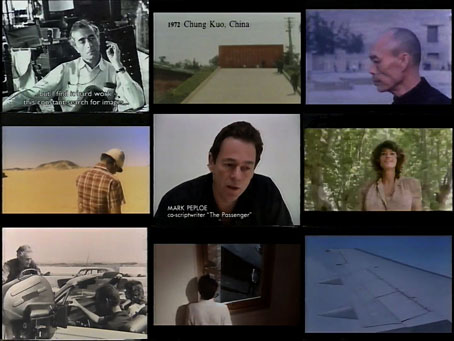
All of which brings us to Dear Antonioni…, a 90-minute documentary by Gianni Massironi which serves as an ideal introduction to the director and his works. The film was a co-production with the BBC, made to coincide with the release of Antonioni’s final feature, Beyond the Clouds, in 1997. Dear Antonioni… is also the title of an open letter to the director by Roland Barthes, passages from which are read by several of Antoninio’s actors. The readings punctuate a chronological examination of the director’s career, from his early documentaries and excursions into Neo-Realism to the features that established his reputation. If it had been made ten years earlier it might have hastened my appreciation of his films.
During my erratic self-education into the works of European directors I had a hard time getting used to Antonioni. I liked The Passenger very much, had a grudging respect for Blow-up, hated Zabriskie Point until the final 20 minutes or so, and for a long time regarded L’Avventura as over-rated. But my old video lists tell me that I taped this documentary anyway because I felt the problem was more a result of my own impatience rather than anything in the films themselves. A further problem was getting to see some of the films at all. I’ve mentioned before how difficult it used to be to appraise the work of directors outside the Anglosphere if you weren’t living in a city with a decent arts cinema. Il Deserto Rosso was never on TV, neither were La Notte or L’Eclisse, two major features which I still haven’t seen. The latter pair are mentioned in Dear Antonioni… but no clips are shown which makes me wonder if they were subject to a rights dispute like the one that kept several Hitchcock films out of circulation for many years. Antonioni himself is only present in historic interview footage but there’s plenty of production commentary from his screenwriters, Tonino Guerro, Sam Shepard, and Mark Peploe, plus more actors and collaborators including Monica Vitti, David Hemmings and Vanessa Redgrave. I’d also forgotten that Alain Robbe-Grillet turns up to present a lucid argument for Antonioni’s films as “Modern” (or Modernist) works in contrast to the Hollywood idiom exemplified by Alfred Hitchcock. I won’t attempt a précis of Robbe-Grillet’s remarks, it’s easier to suggest you hear them for yourself. Whether you’re a neophyte or an aficionado this is an unfailingly intelligent and absorbing study.
Previously on { feuilleton }
• Michelangelo Antonioni, 1912–2007
